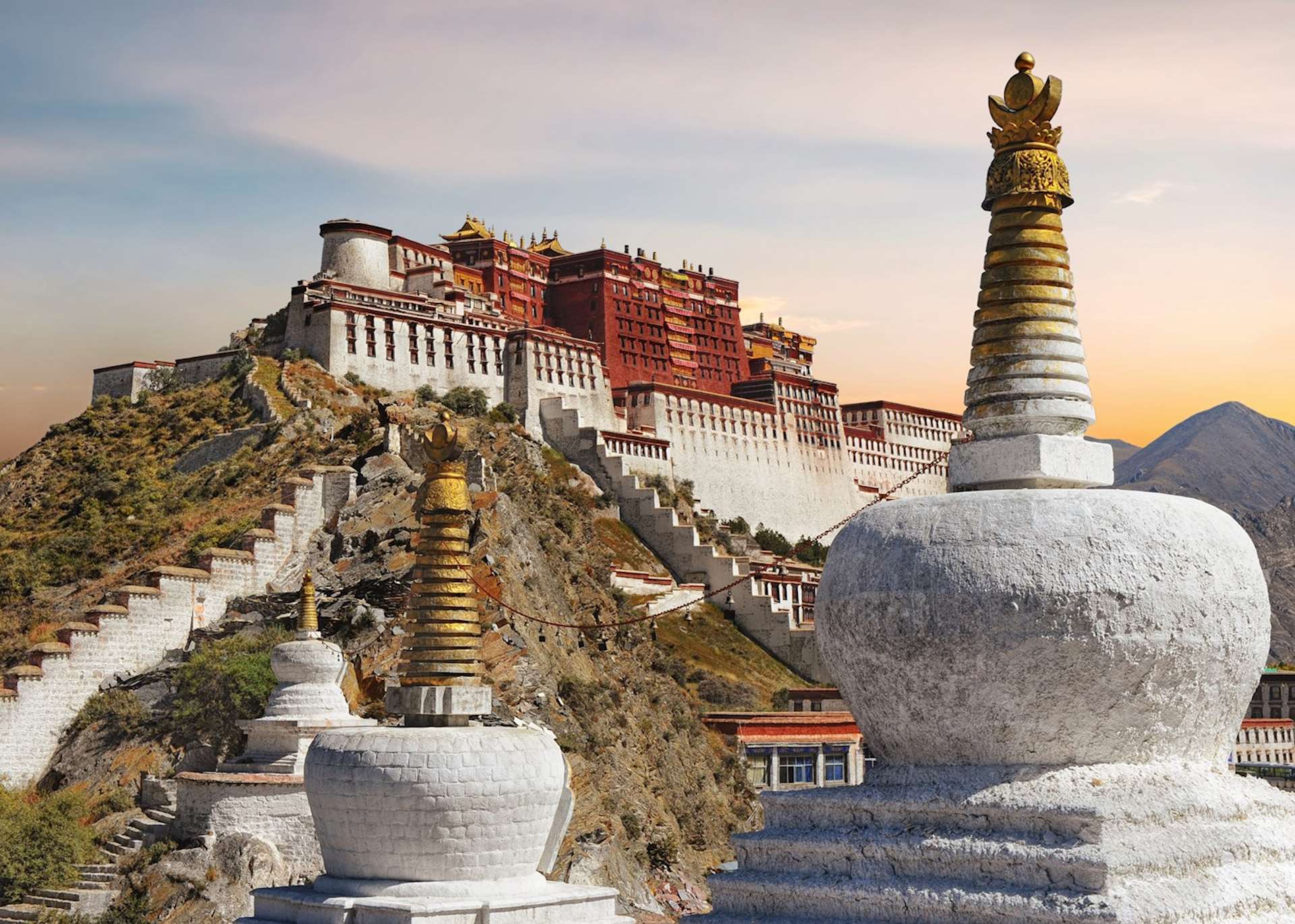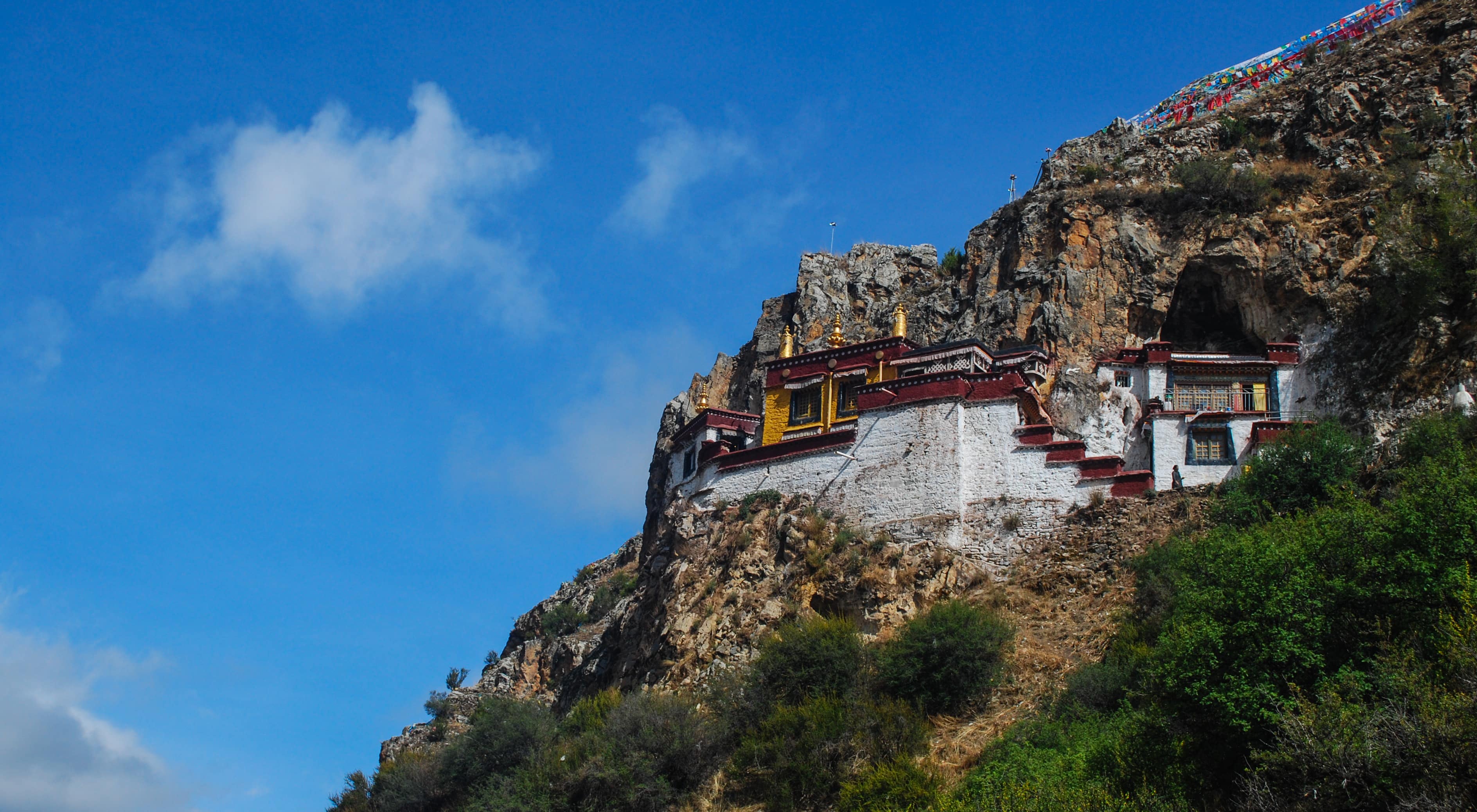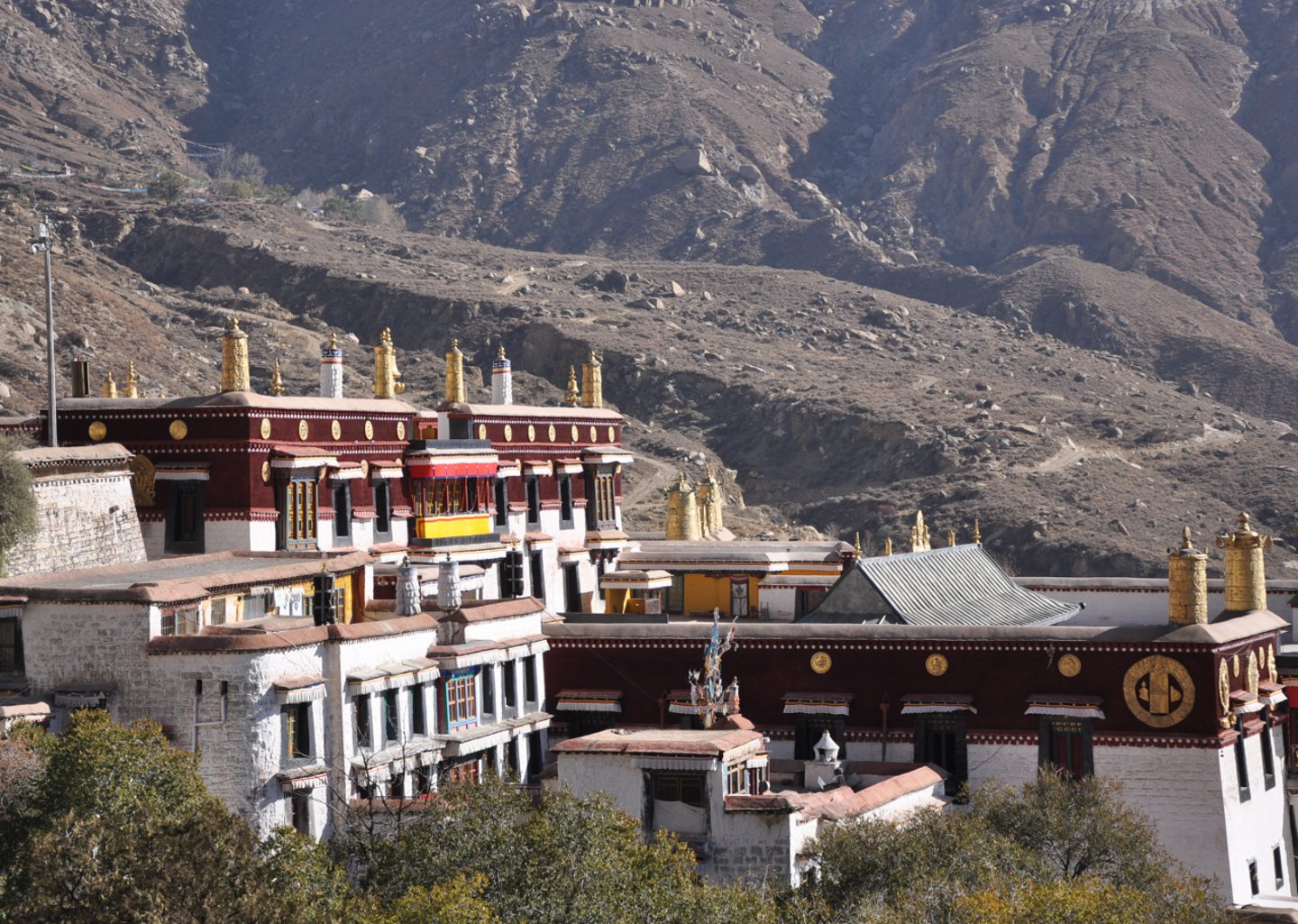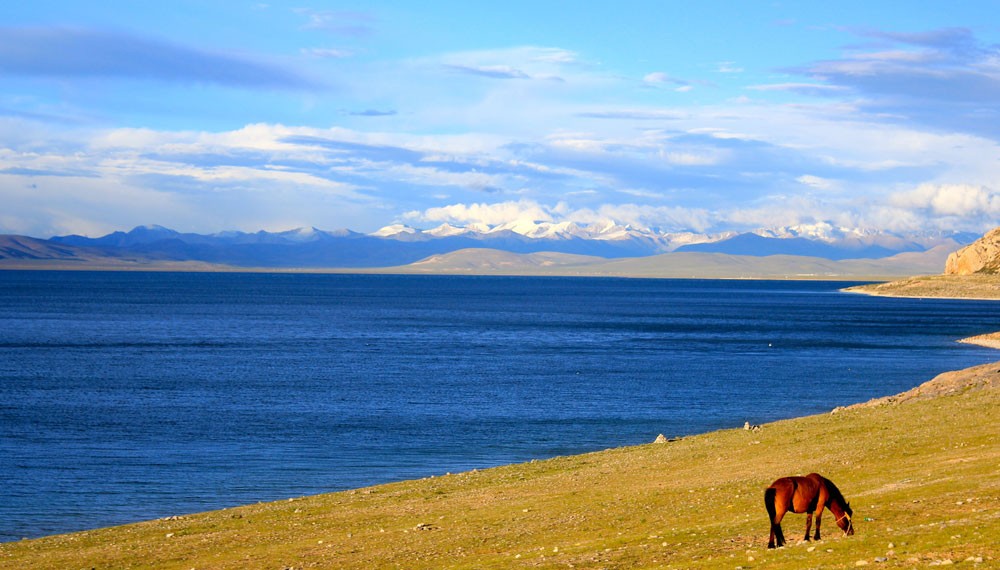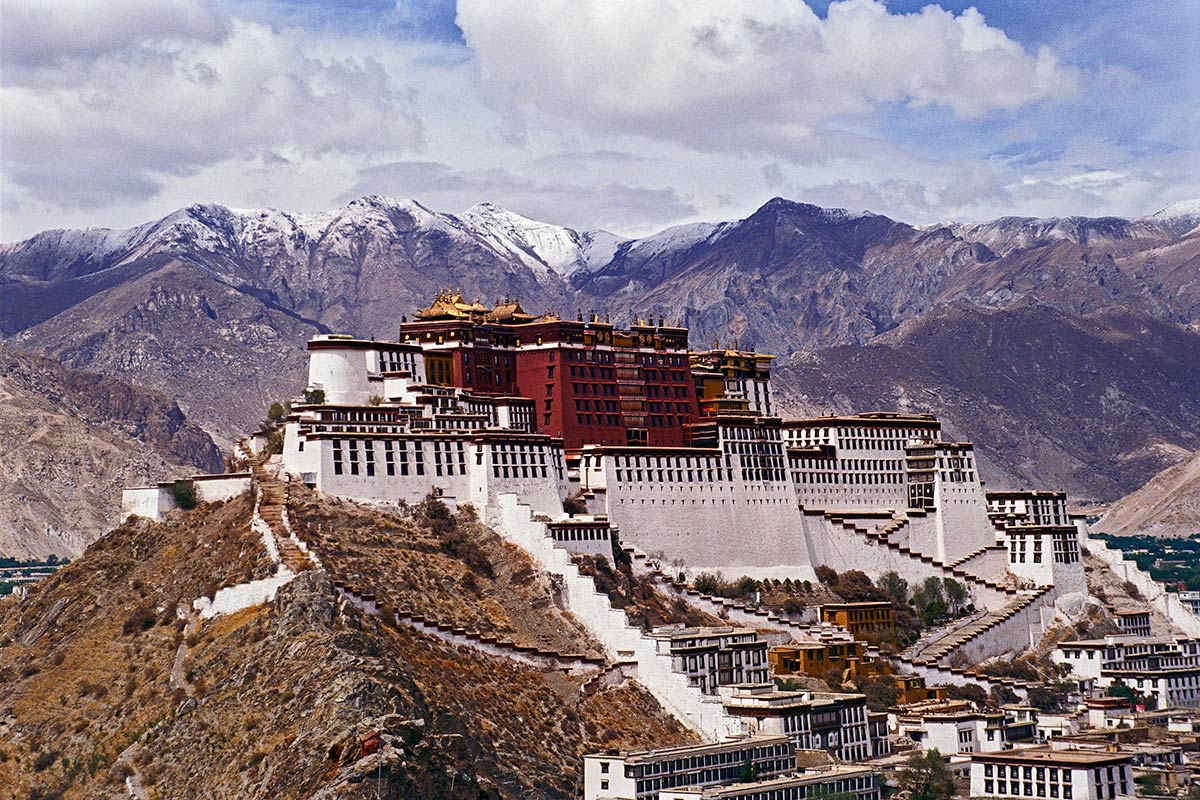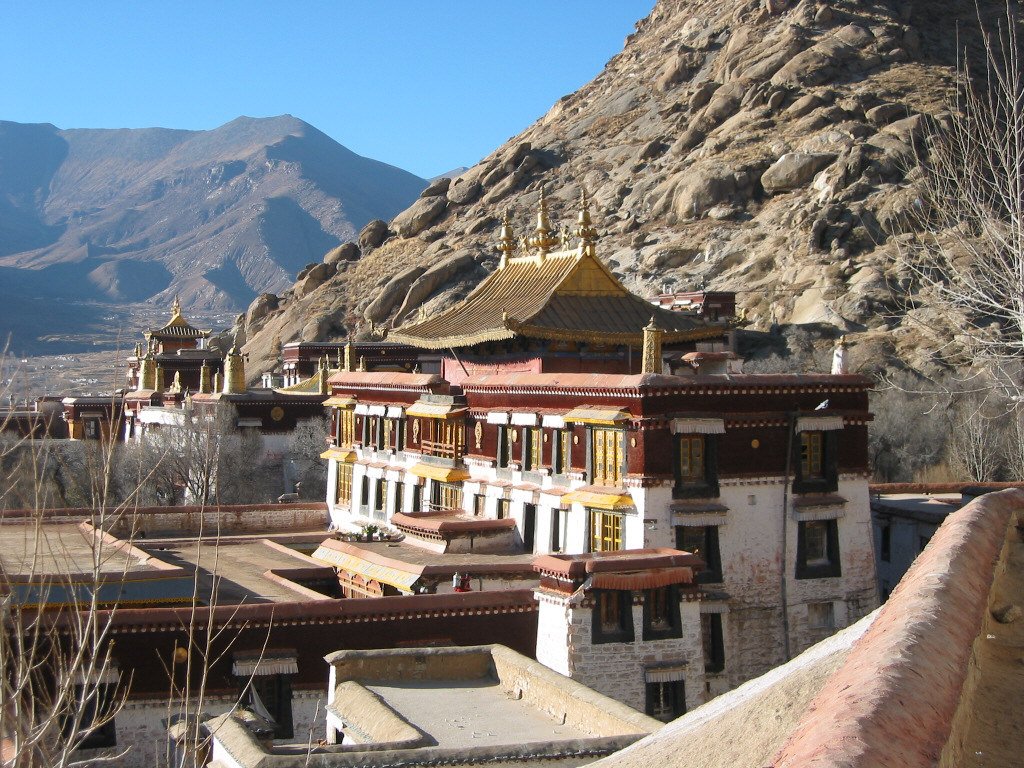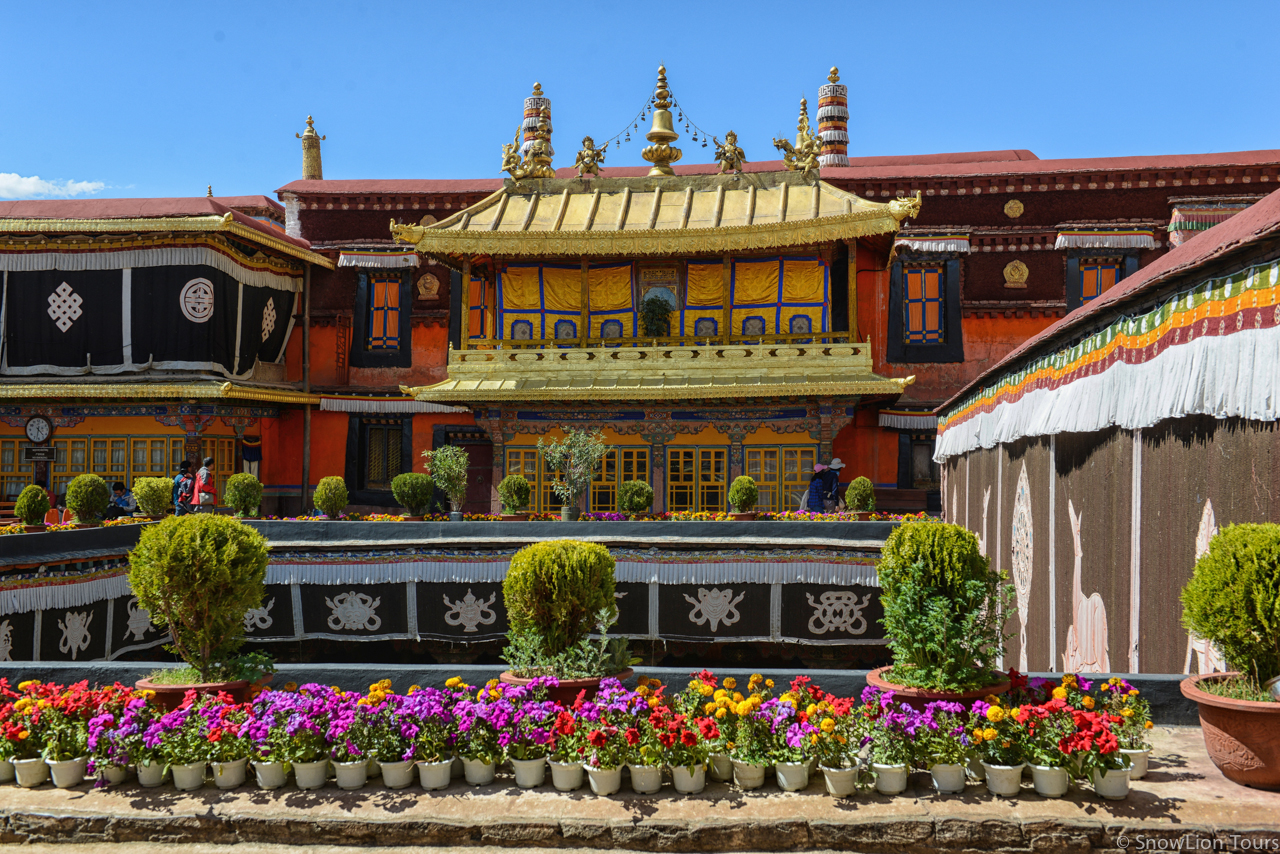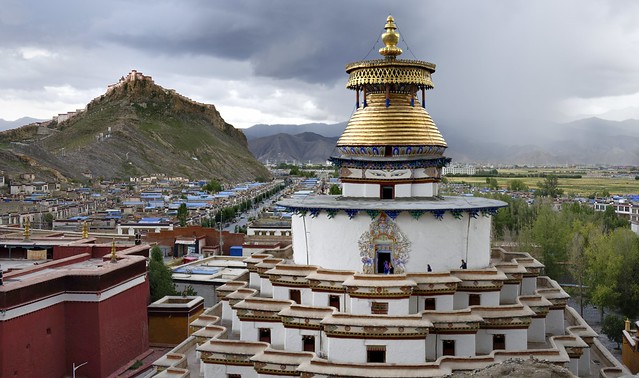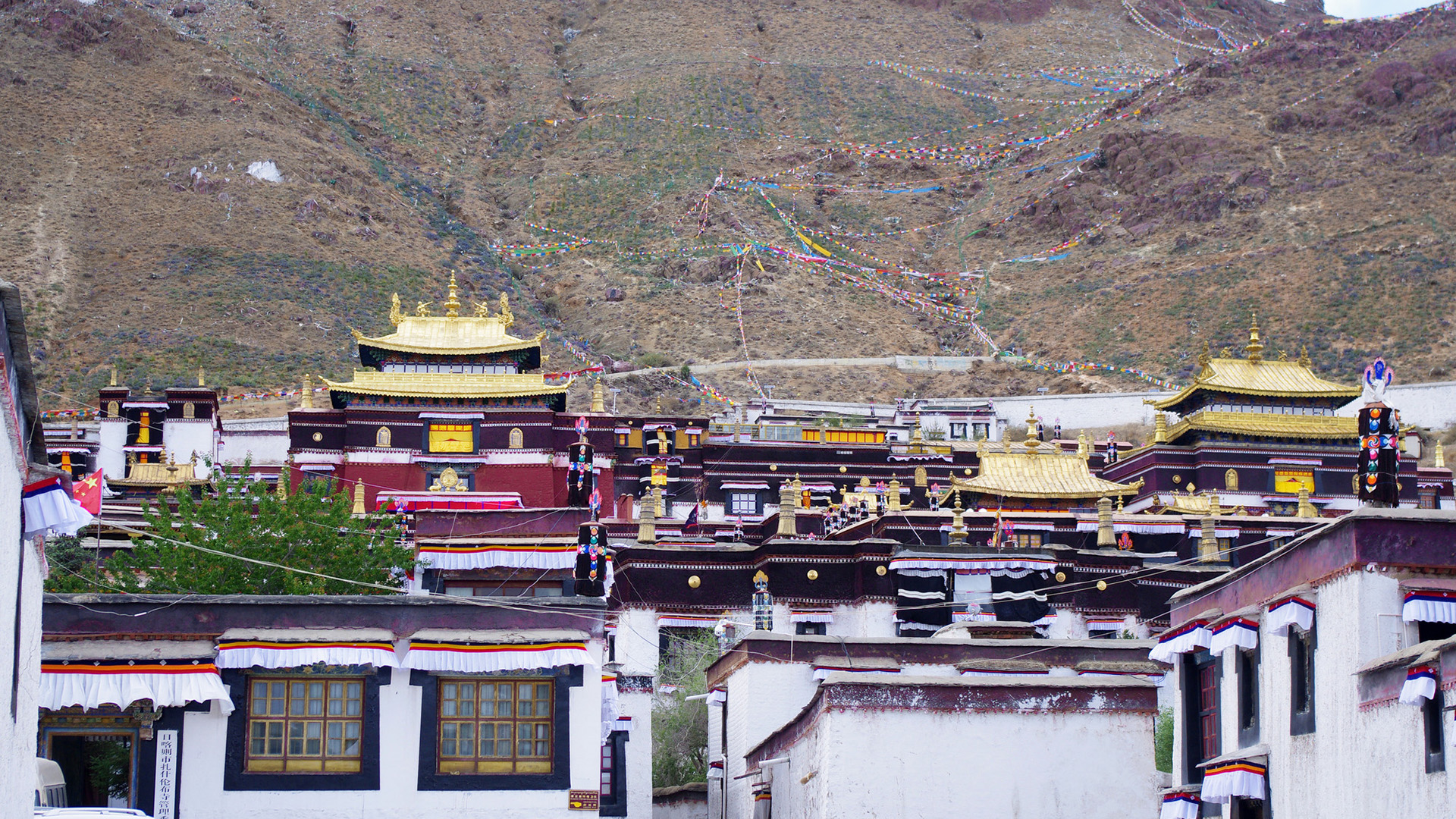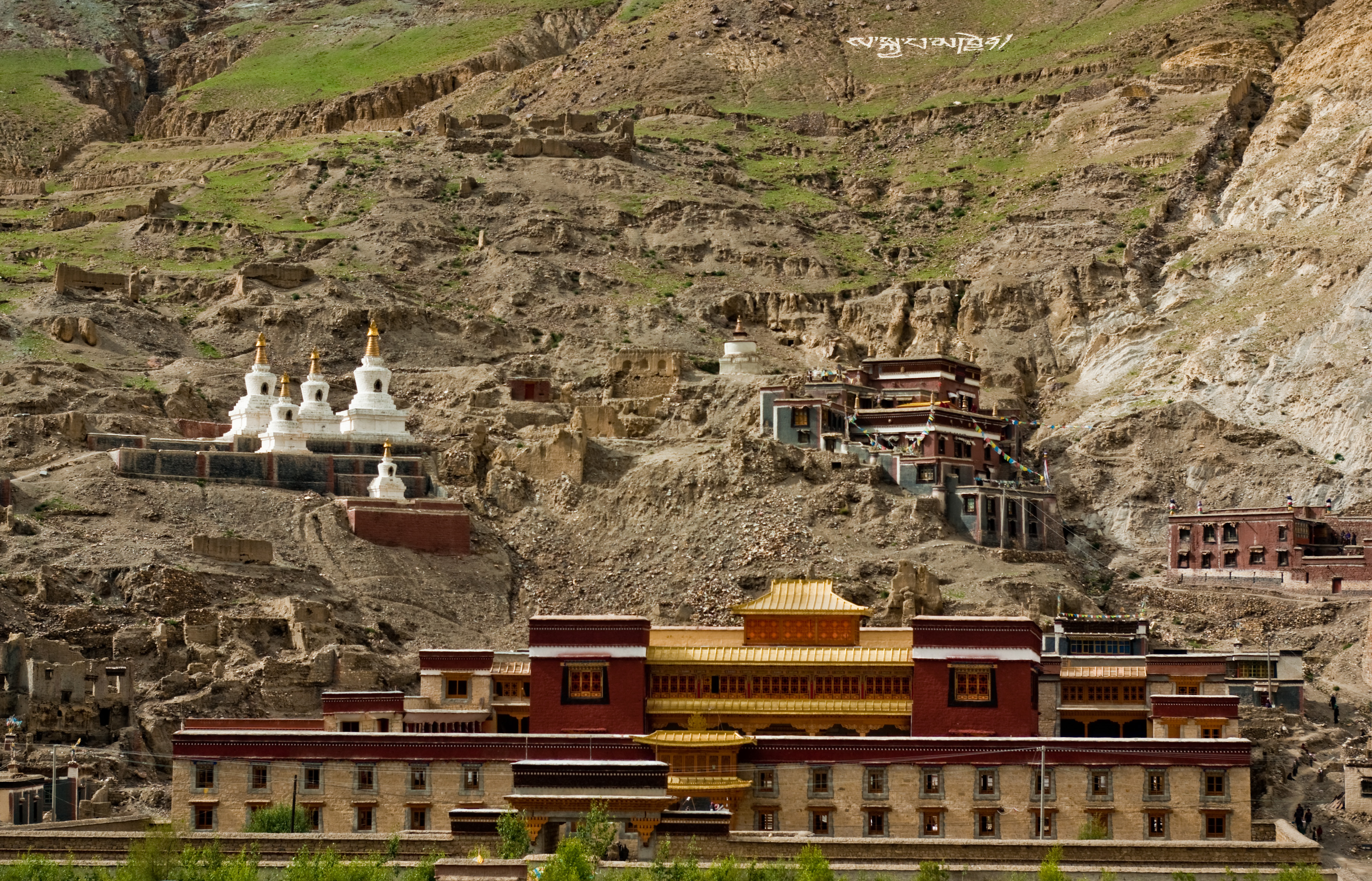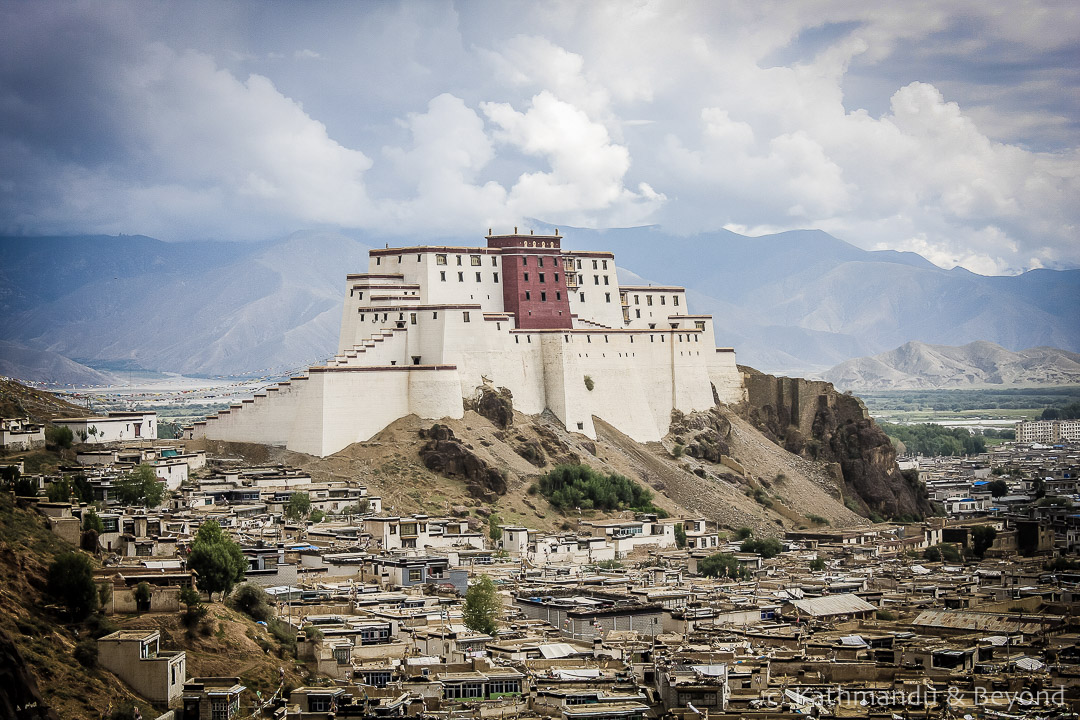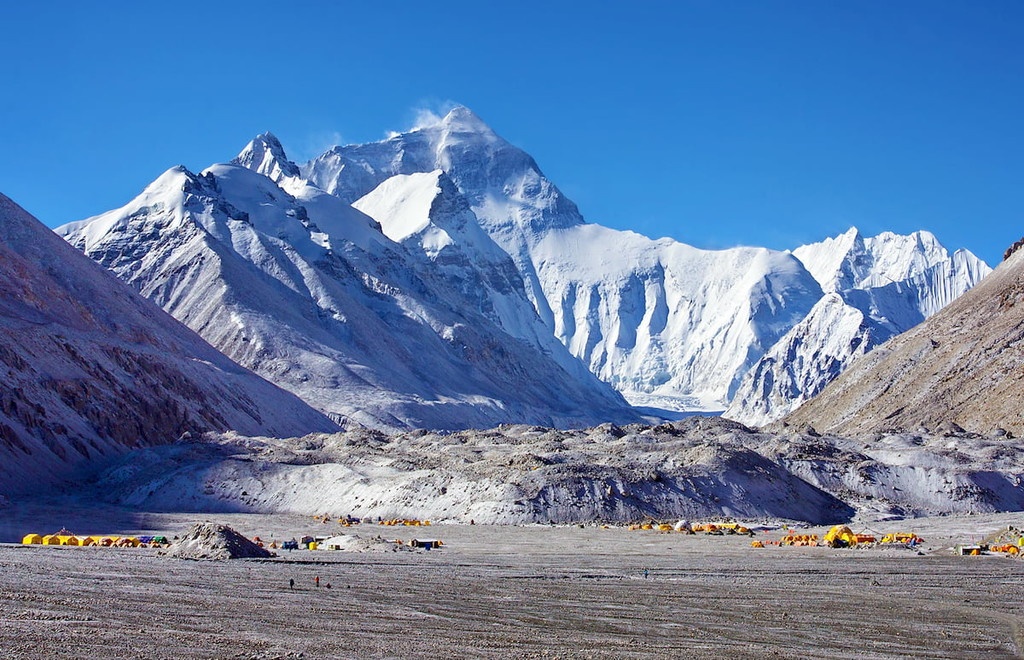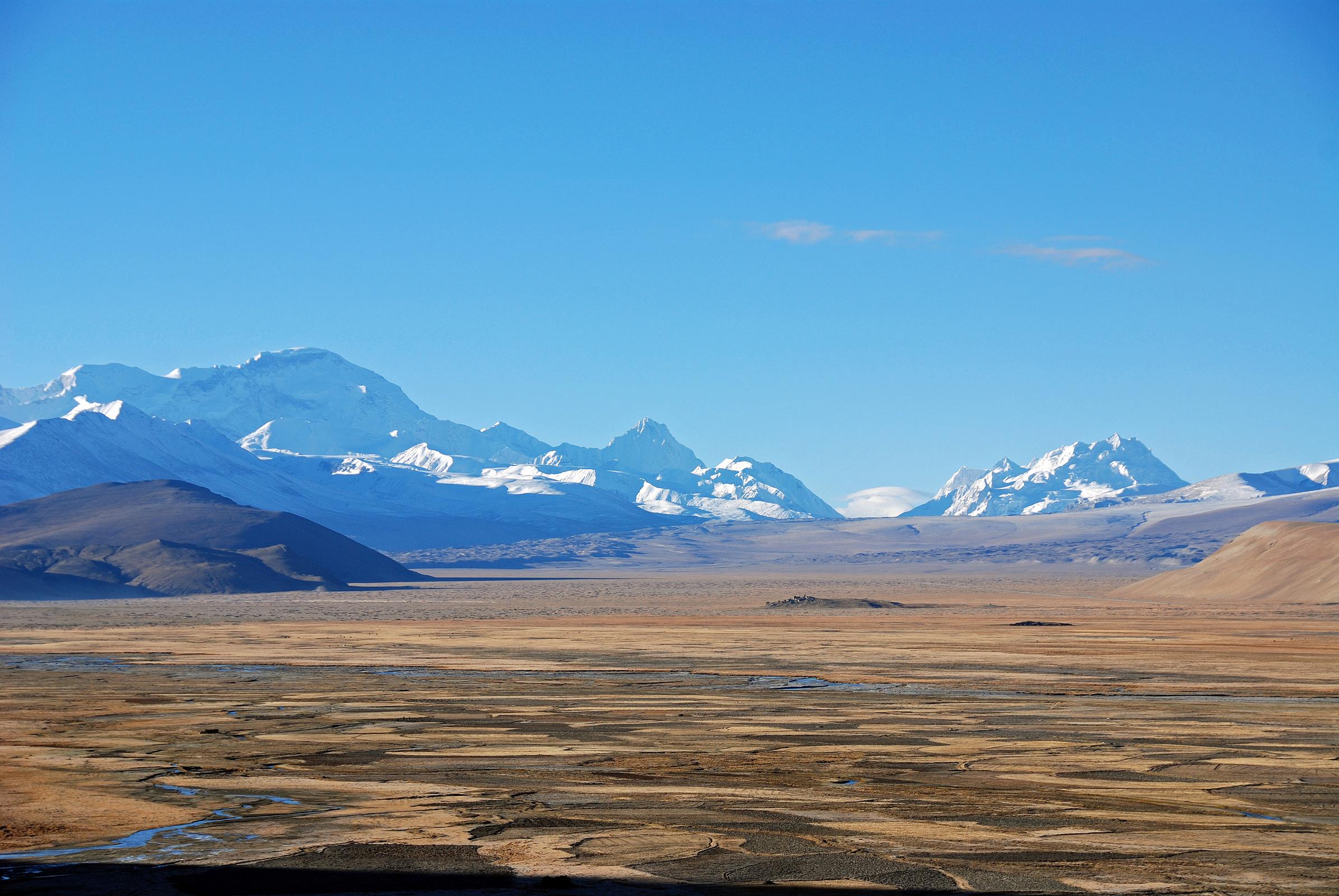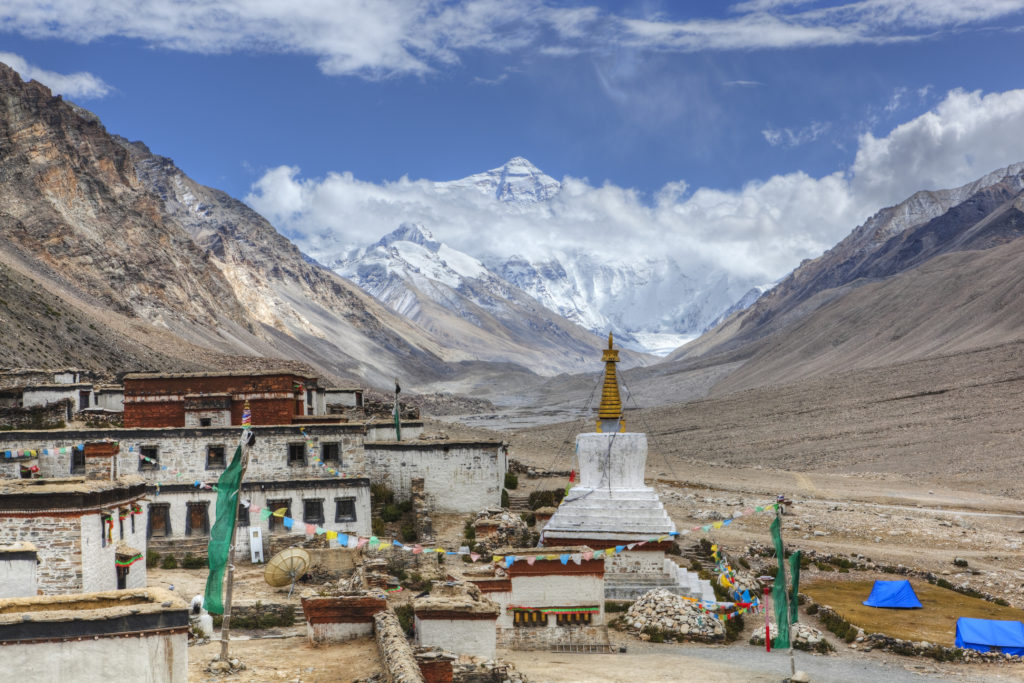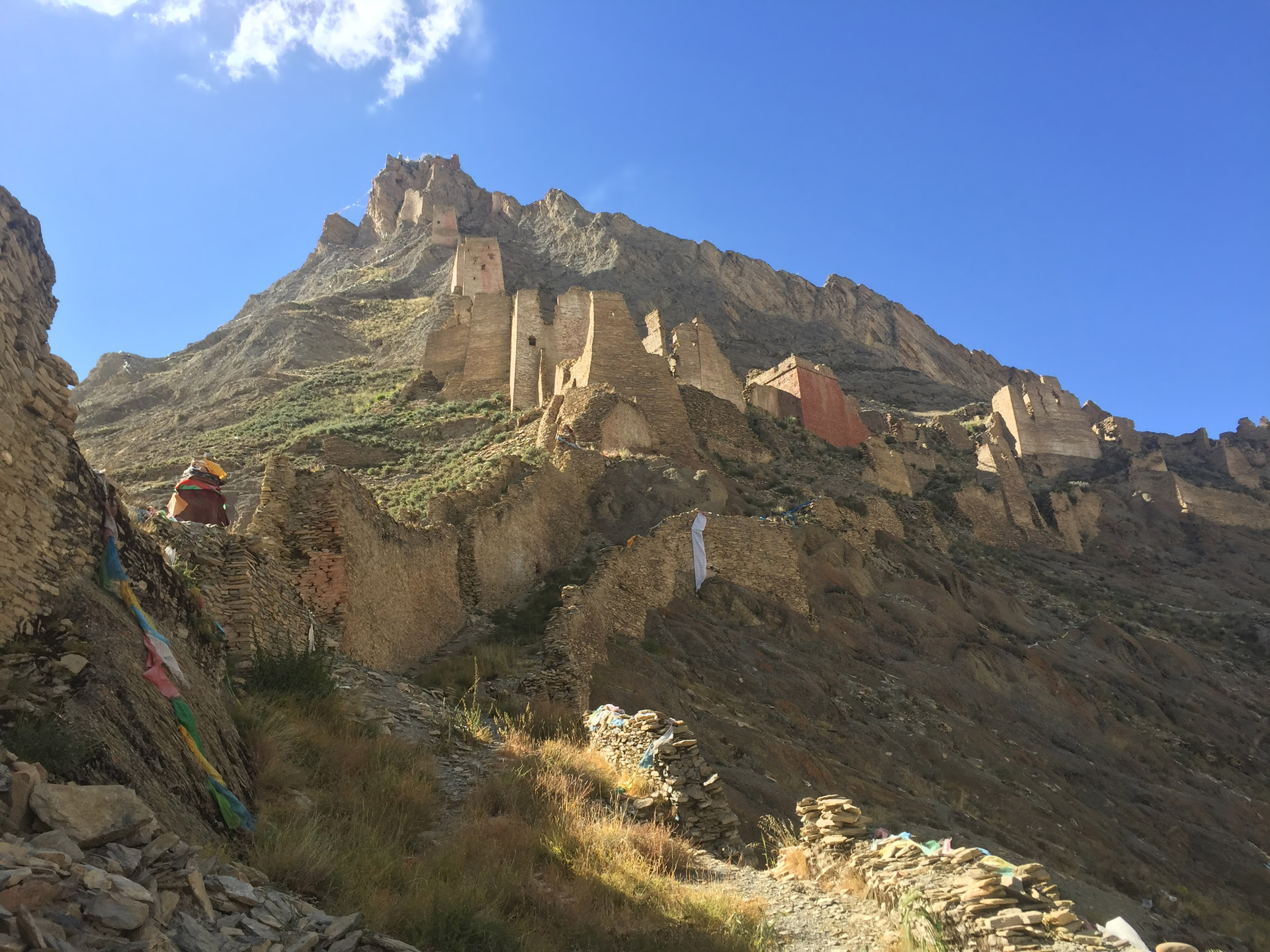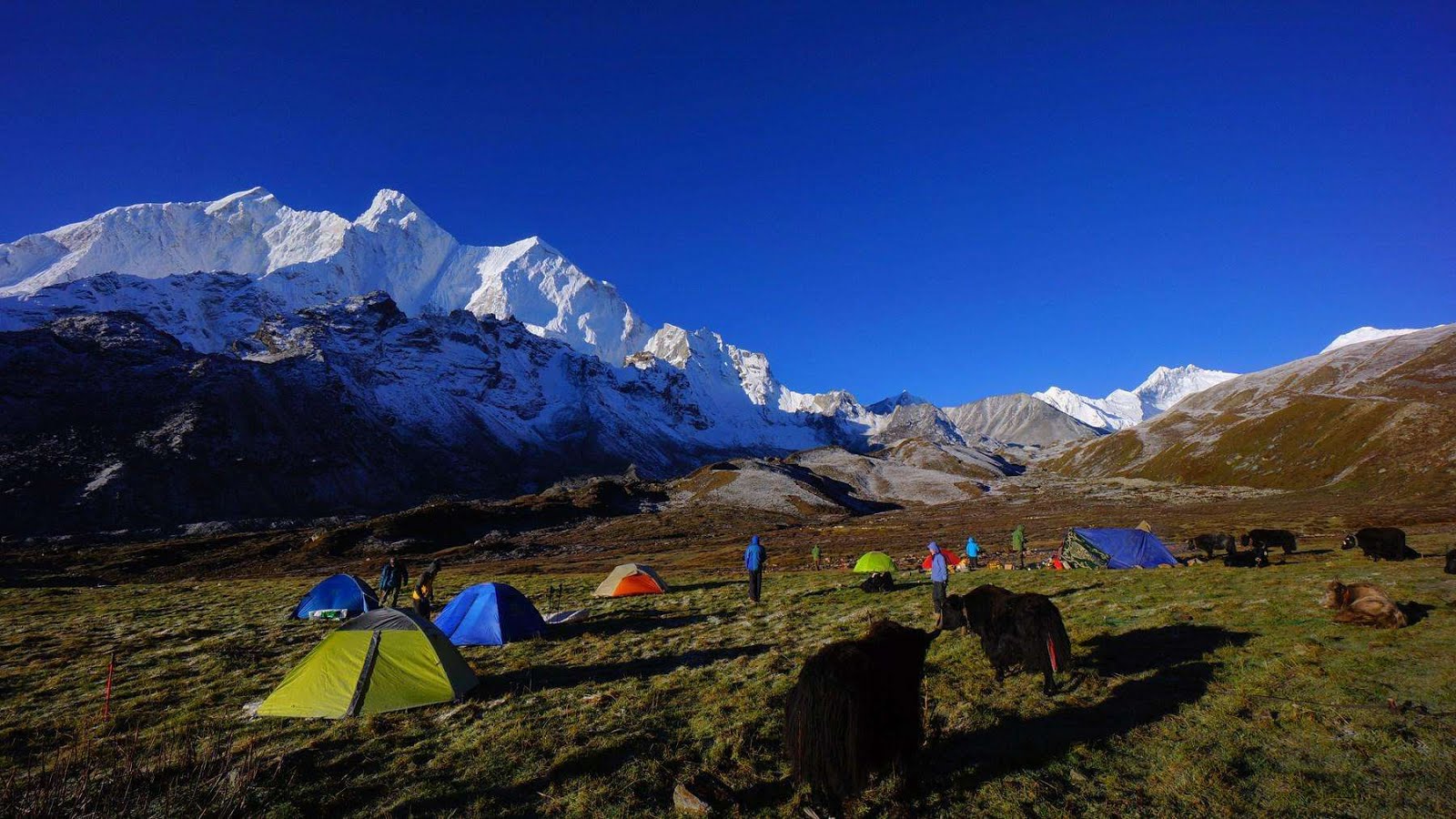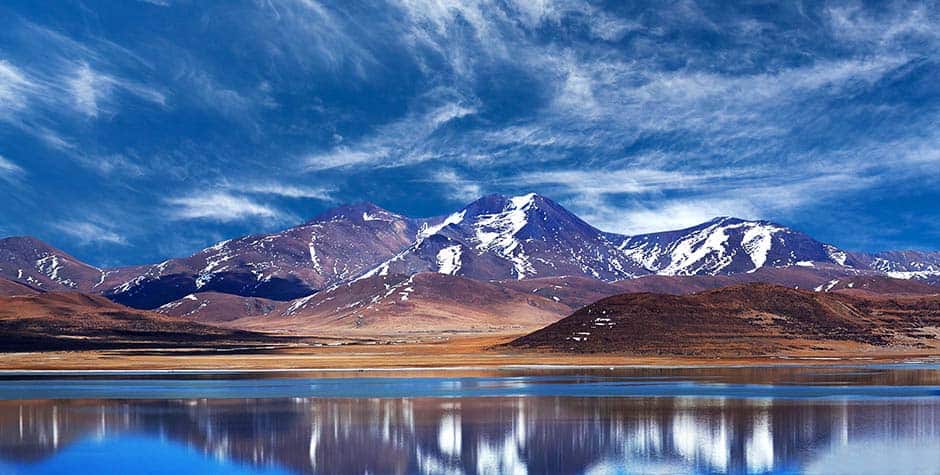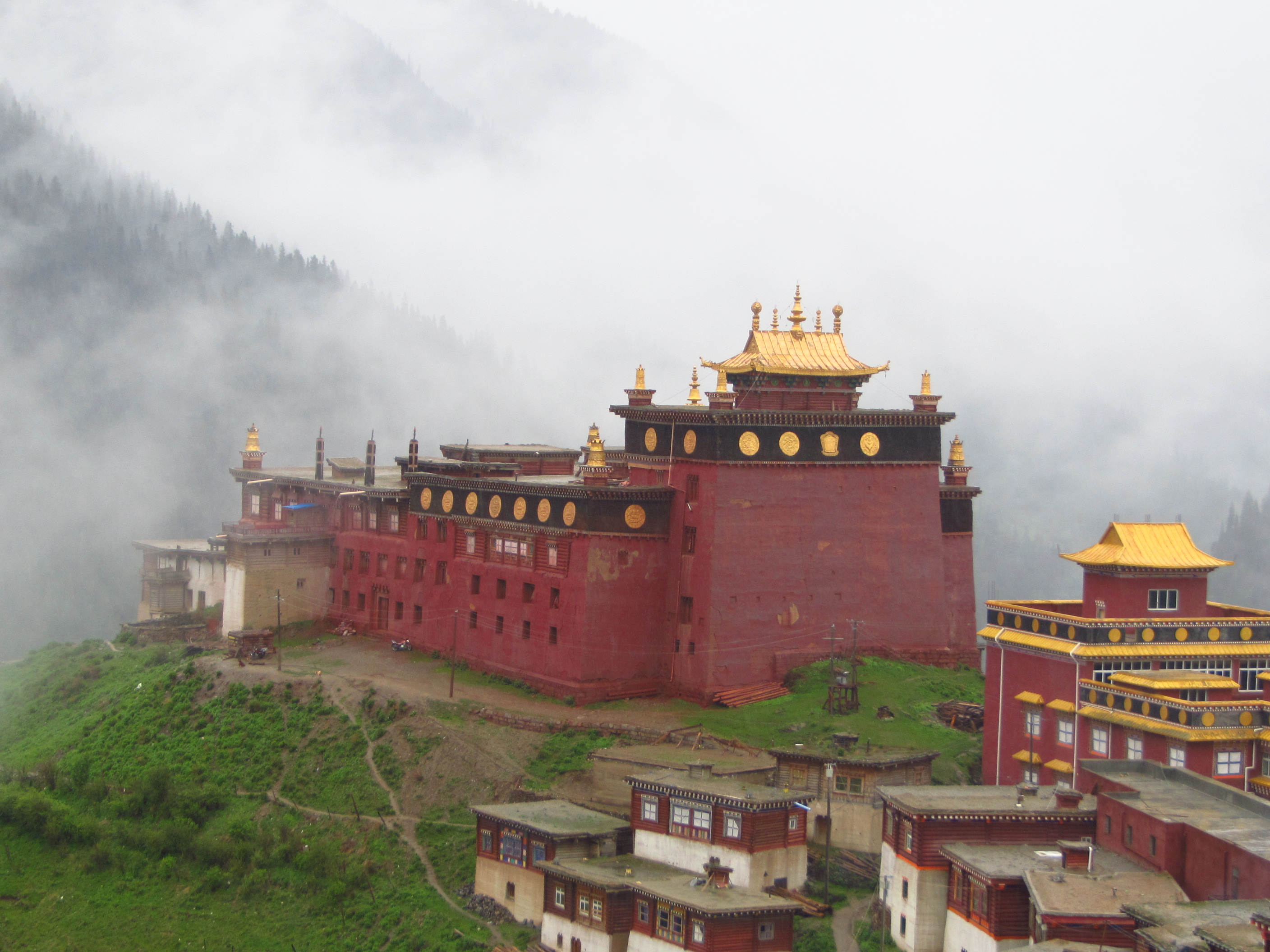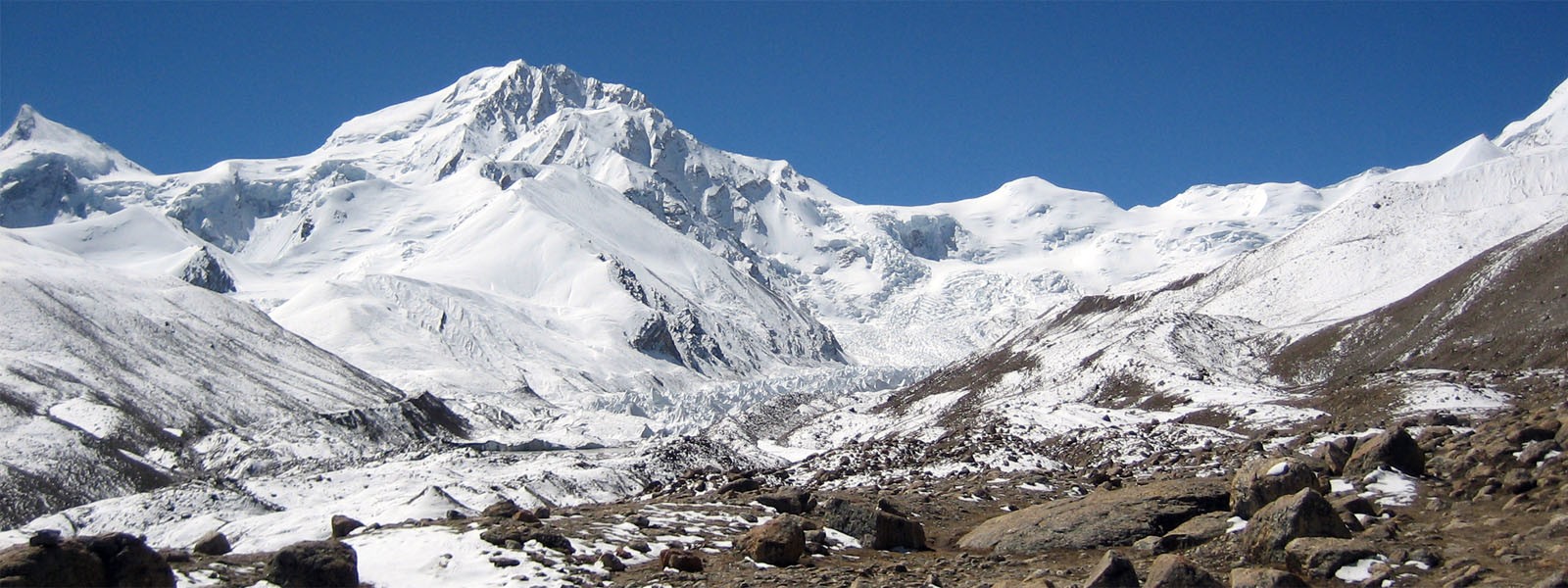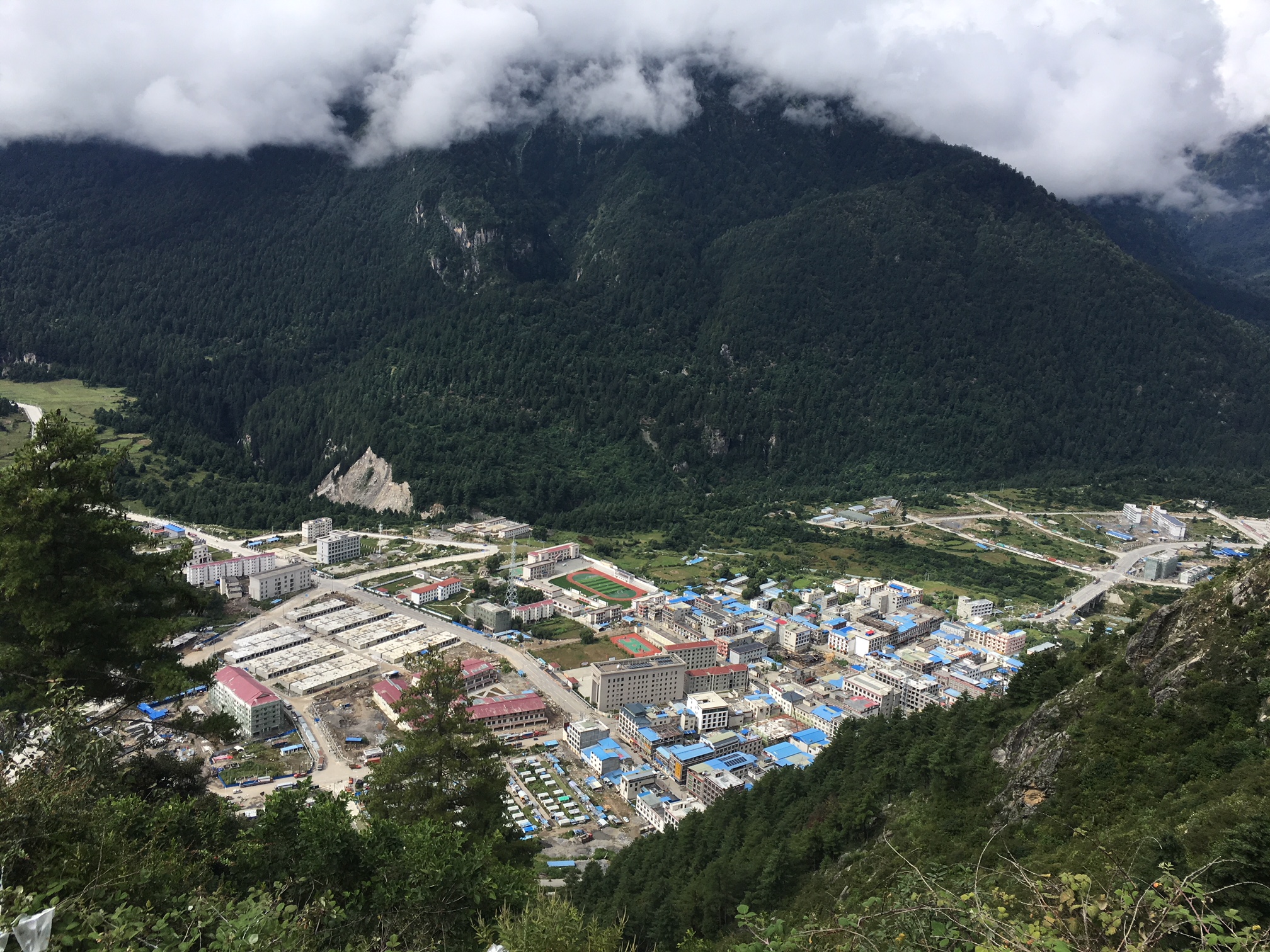When you arrive in Lhasa either by train or flight, your
guide will greet you and take you to your hotel. Tourists may view the
YarlungTsangpo River/ Bhamaputra river (the Longest and largest river in Tibet)
and Lhasa river on their way to Lhasa.
After arriving in
Lhasa, you can take a rest and get acclimatized to high altitude. If you feel
to go out, then you can go to the Potala Square, where you will enjoy the
fountain with different colors and get amazing photos of the Potala and around.
Insider Tips:
For the new-comers of Tibet, to get acclimatized to the high altitude in Tibet. Having a good sleep in your hotel is a good option. Don not rush to visit attractions inside Lhasa city. Stay overnight in Lhasa.



